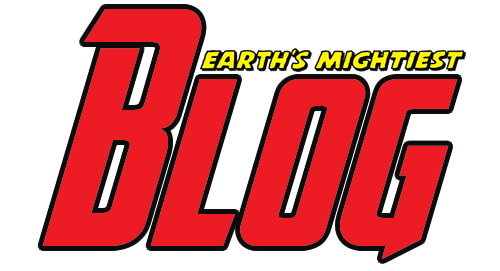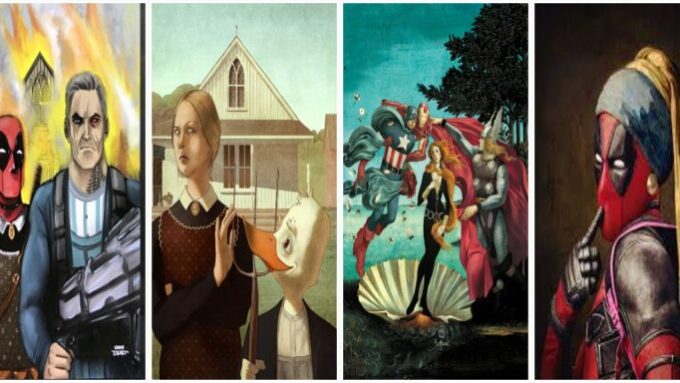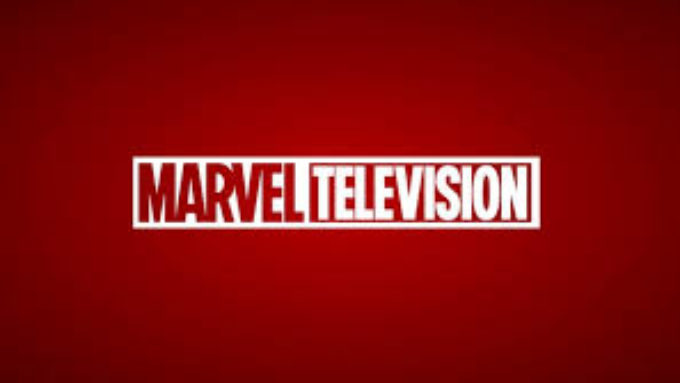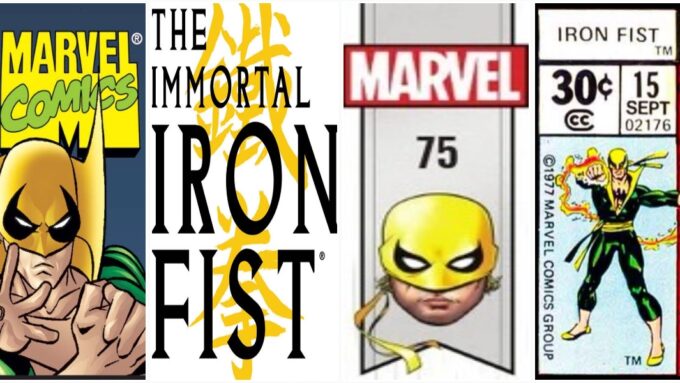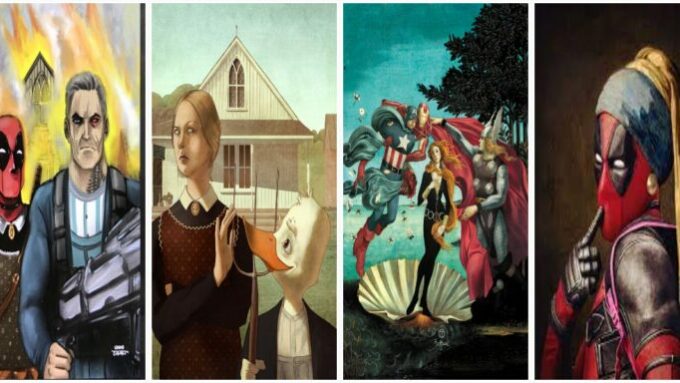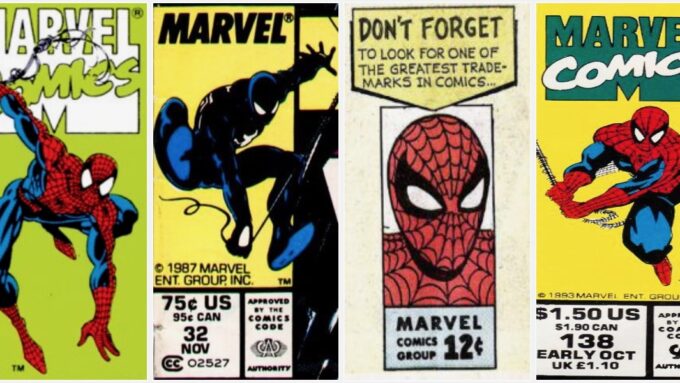BERKELEY PLACE’S TOP 10 BRIAN WOOD COMICS

Note: This was first printed in 2015 on an older site. It is reprinted here for posterity. It was also printed prior to the allegations of sexual misconduct that led to his being blacklisted by the industry. Even if the cancellation of Mr. Wood was warranted, these are still some great comics…
Brian Wood is known for writing long-ass stories. DMZ. The Massive. Conan. Even, from what folks have told me, his Star Wars work is one long, continuing story. And yet, at the same time, one of his coolest works was Demo, a series of one-offs. Wood is one of those guys who writes mostly his own original stuff, and who (in my view) is consistently underrated when people make lists of the best creators in the industry. In fact, he got a 2004 Eisner Award nomination for “Talent Deserving of Wider Recognition.” And with two new Image Comics series debuting later this year (Starve and Black Road, both with artists he has worked with on several projects before), the time is right for a top ten.
One caveat: I don’t read Star Wars comics so his Dark Horse series, praised as it was, doesn’t appear here.
Let’s do this.
10. Rebels (Dark Horse) (2015)
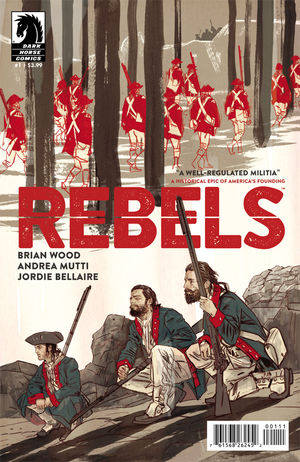
Revolutionary War fiction. It’s a story about Ethan Allen and the Green Mountain Boys. I swear, I never, ever would have thought I’d be remotely interested in a comic like this.
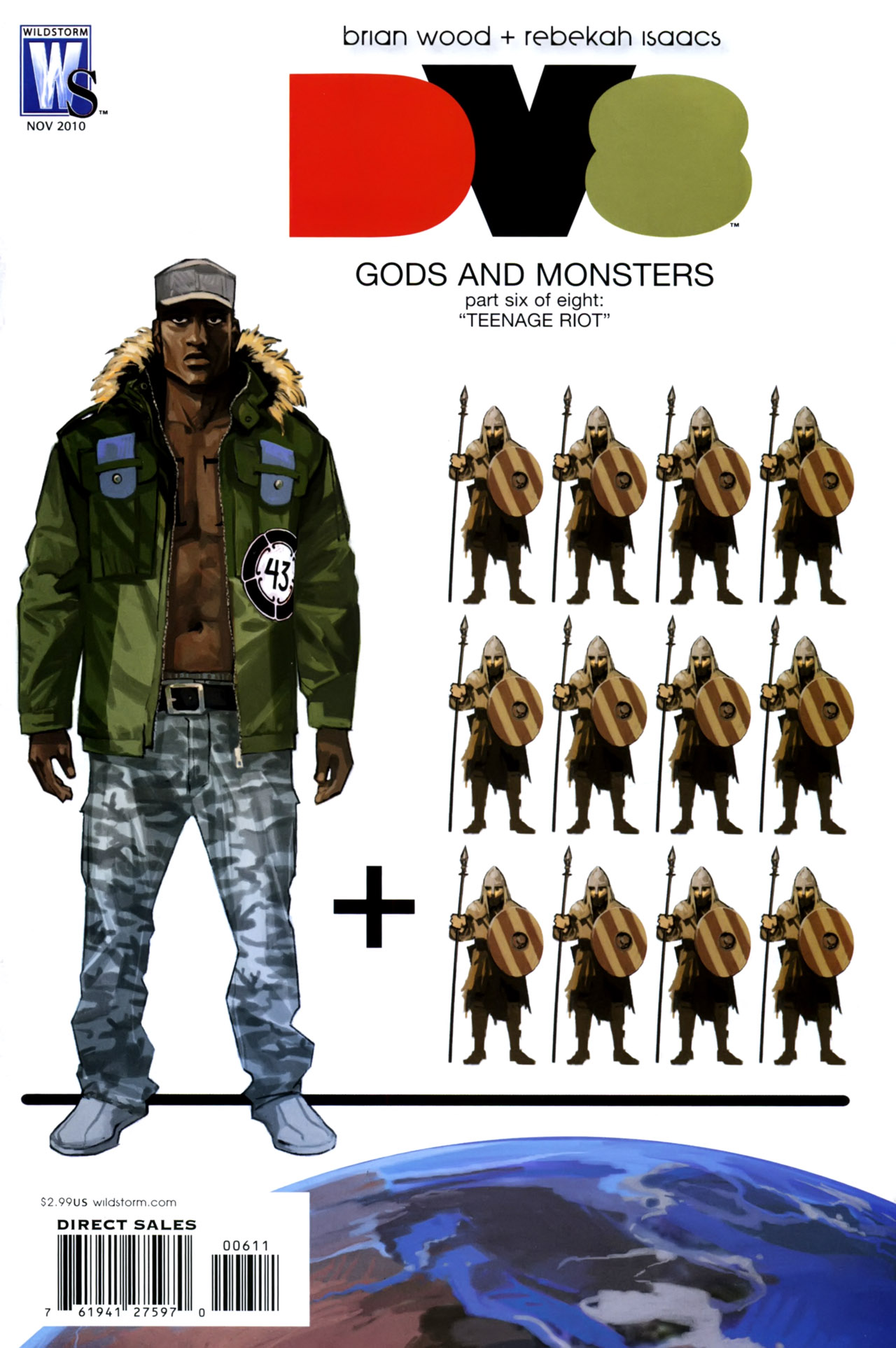
But it’s truly amazing. We’re only two issues in and I can tell already it’s going to be one of Wood’s best works.
9. DV8: Gods and Monsters (Wildstorm) (2010)
I picked up the trade of this book because it was written by Brian Wood. I knew nothing about who DV8 were, and really there were only a few Wildstorm books I read or kept up with (The Authority is the main one). But I loved this story about young superheroes sent to a primitive planet to work out their issues. They could have been Gods in that time, but they turned into monsters. That’s the essence of it, anyway. It’s also the rare example of a Brian Wood superhero story—he tends to shy away from them, favoring instead dystopian or science fiction.
If you like this book, check out Brian Woods runs on X-Men #30-37 (2012) and Ultimate X-Men #13-33 (2012). Both are strong showings—just not strong enough to make this list.
8. The Couriers (AiT/Planet Lar) (2003)
The Couriers is a collection of four graphic novels: Couscous Express, The Couriers, Dirtbike Manifesto, and The Balland of Johnny Funwrecker. Each is about a group of New York City bike messengers who work for drug-runners and mercenaries, and the stories are written like old John Wu movies: Violent, constantly moving, full of chases and action and guns. So much of Wood’s work is more cerebral—this is just punch after punch. It really showcases the author’s versatility.
7. Conan the Barbarian (Dark Horse) (2012)
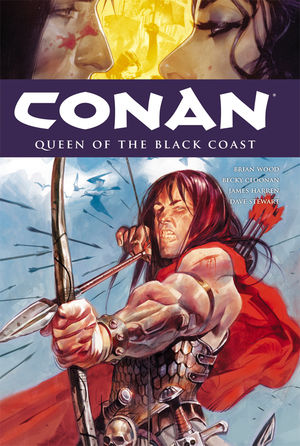
I do not like Conan. I do not like swords and sandals. But I do like Brian Wood’s conan, particularly the first six issues, “Queen of the Black Coast.” In it that story, he puts Conan on a boat and has him meet a pirate queen—in other words, Conan is out of his element and facing a woman as powerful as he is. Then, as the story progresses, Wood puts them both on dry land—taking the queen out of her element. The flip-flopping of roles and power make this more interesting than the typical barbarian story. It’s also based on one of Robert E. Howard’s most-loved Conan short stories. Oh, and having art by Becky Cloonan never hurt anybody.
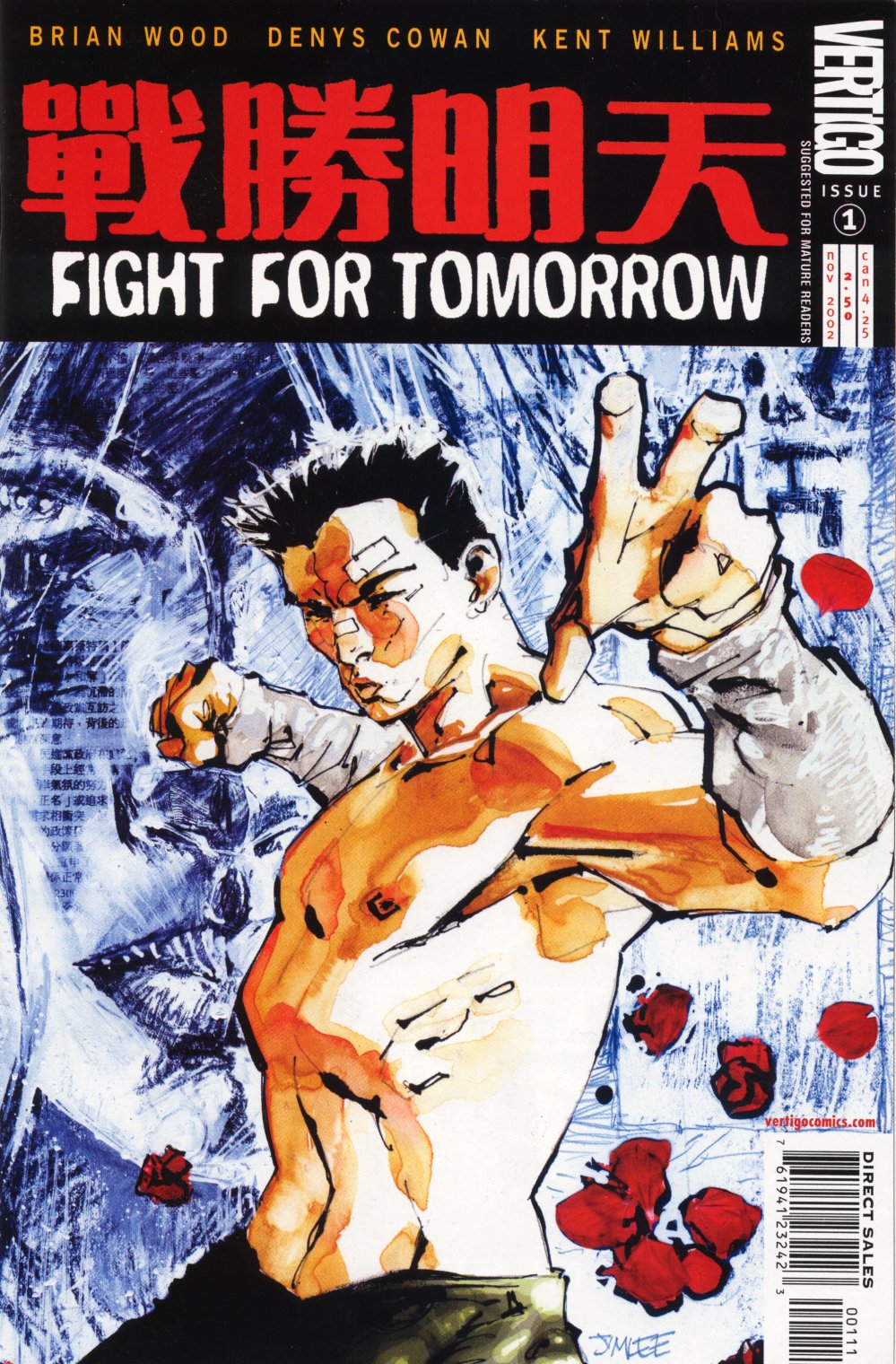
6. Fight for Tomorrow (Vertigo) (2002)
Yeah, it’s just a karate book, albeit a well-drawn one with art by Denys Cowan. And yet, I’ve read it a half-dozen times and each reading makes me like it more. It’s definitely the most superficial entry on this list, and it doesn’t pretent to be anything more than what it is, but sometimes a simple story can be the best kind of story.
5. Northlanders (Vertigo) (2008)

So I mentioned above that Wood’s current comic is called Rebels and it’s Civil War fiction. The only thing I can imagine being less interested in is Viking fiction. Enter: Northlanders. A well-researched piece of historical fiction with tremendous art and powerful stories that go beyond the stereotypes of tough, noble conquerors and instead delve into what it must have been like to live in a time where war and combat were a necessity, even for humble farmers and widows. And many great artists joined the party for the seven distinct stories in the series, including Leandro Fernandez, Fiona Staples, Becky Cloonan, Paul Azaceta and Declan Shalvey.
4. The Massive (Dark Horse) (2012)
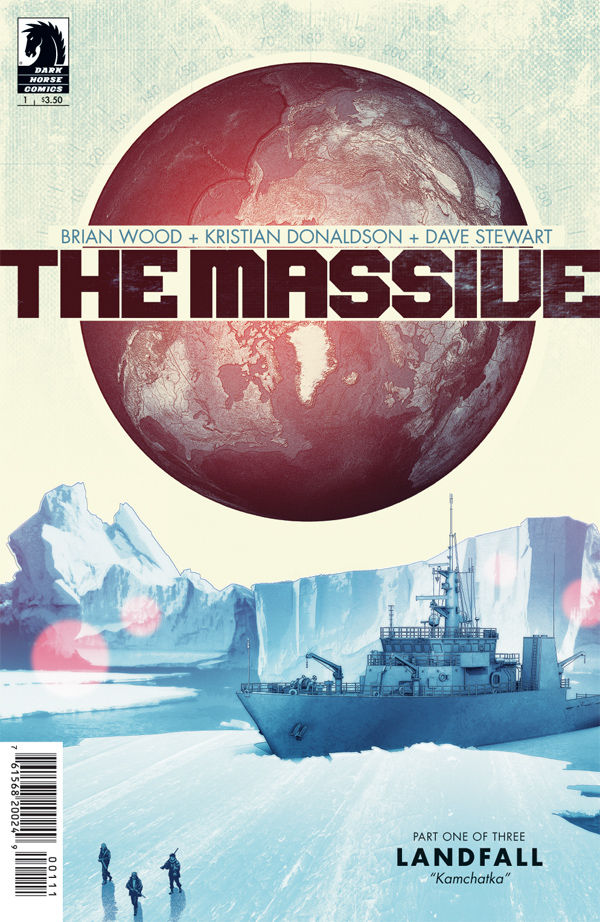
Basically, it’s Waterworld. A post-apocalyptic Earth has been overtaken by the seas, and a group of environmentalists are hunting for a lost freighter called The Massive. The tale sounds so simple, but the desperation, and the way that the characters’ pre-apocalypse pasts kept coming back to haunt them, made it a thrilling page-turner. It was truly one of the first books I’d read every Wednesday it came out.
The book won an Eisner for Dave Stewart’s coloring, and the art is made even more extraordinary because of Stewart. The bleakness of the story and the environment where it took place were held together by a series of artists many of you have probably never heard of: Kristian Donaldson. Garry Brown. Danijel Zezelj. But their work complimented Wood’s narrative perfectly. I think part of the reason it never got the attention it deserved was that it followed on the heels of DMZ, another dark, long-form story with similar artistic style.

3. DMZ (Vertigo) (2006)
DMZ refers to a demilitarized zone in a future where Manhattan is unclaimed land following a second U.S. Civil War. In this 65-issue epic, Brian Wood explored contemporary issues surrounding journalists embedded in combat zones, class warfare, colonization, extortion…But it was more than a symbolic version of Iraq, it was a tale of truth and the First Amendment—and how the need to tell a story can be more important than the story itself. Wood worked with a bunch of great artists, some of whom followed him to The Massive and others of whom have become bigger names since their work on DMZ: Riccardo Burchielli, Kristian Donaldson, Ryan Kelly, Andrea Mutti, Shawn Martinbrough, and Cliff Chiang, to name a few.
The story did become a bit of a sprawl towards the end, but at least the first 2/3 of the story was unlike anything you’ve read before. And it did come with an actual ending—a narrative conclusion, not just a quick arc that stitched everything up in the face of series cancellation.
Of all his original works, DMZ is the one that most cries out for a televised adaptation. Get on that, AMC!
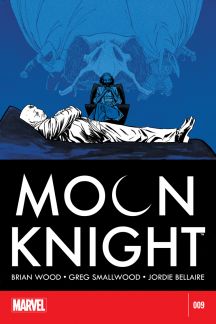
2. Moon Knight #7-12 (Marvel) (2014)
Brian Wood had the unenviable job of following Warren Ellis and Declan Shalvey’s incredible, not-to-be-missed six issue reboot of the Moon Knight character. So what did he and artist Greg Smallwood do? They basically ignored it, instead telling a story that could have been familiar (Moon Knight loses touch with his spiritual power source and guide, Koshnu, and falls down to the bottom) but instead felt as different as when Frank Miller first took the “hero falls” concept to its logical conclusion in Daredevil: Born Again. Yes, that’s right. I compared this run to the greatest Daredevil comic of all time. No, it’s not as groundbreaking, but using the book to talk about Guantanemo and how terrorists should be treated was similar to Miller’s use of Nuke and Captain America in that DD story—and nealry as provocative. Warren Ellis tried to tie all the prior Moon Knight versions together in a series of one-offs, and Wood basically tried to do the same thing in a six-issue arc.
It may not have gotten the recognition of Ellis/Shalvey’s run, but only because that run was beyond compare. If Wood hadn’t come right at its heels, I bet it would have been a book everyone would have been talking about in 2014.

1. Demo (AiT/Planet Lar) (2003)
Demo is Brian Wood’s masterpiece. Twelve issues, twelve separate stories, each about kids who either have super powers or complicated lives, or both. The art is beyond compare—it’s Becky Cloonan’s masterpiece as well—and was recognized by most industry awards. Most “done in one” comics don’t sell well these days—people are into continuity and longer stories—but the quick nature of the Demo comics didn’t feel isolated. The issues had a common thread or feel, so it seems like you’re reading one long story about twelve different people. The stories dealt maturely with teenage rebellion, suicide, “parents just don’t understand,” and all the angst that comes with growing up.
Truly, if you haven’t read this book, you should.
Marvel Team-Up #31 (1975): Iron Fist
Spidey and Fist fight a guy named Drom who is aging backwards. Not just that, he also TALKS backwards. It turns out, he was born this way but actually was…
Spider-Man Tangled Web #20 (2003)
J. Jonah Jameson gets enraged about Spider-Man, has a heart attack, and goes into therapy to look at his anger. We then get a look at his childhood, which is…
